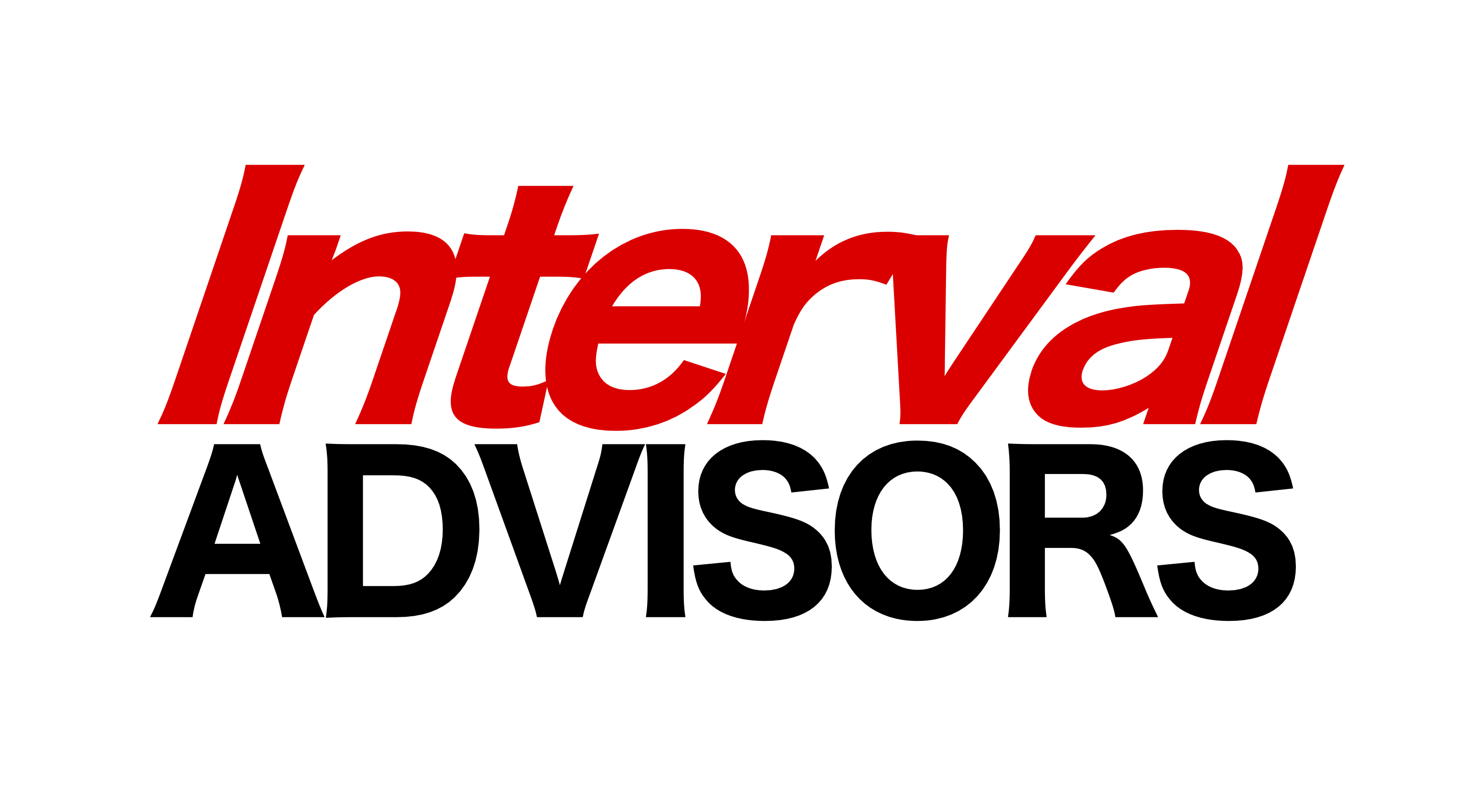Better governance makes all your decisions better. But when it comes to growth and value creation, some decisions matter more than others. These deserve extra attention.

Growth requires you to make good decisions. But value creation requires good decisions again and again, systematically.
Your next investors need to see that your organization can make decisions that unlock growth repeatedly and predictably.
A mature lifecycle enables predictable growth
Predictable growth requires a lot of good decisions. Mature organizations adopt a product lifecycle that standardizes these and makes them better.
Key activities and specific deliverables define the lifecycle’s phases. The organization formally reviews the lifecycle deliverables at the end of each phase.
No offering can enter the next phase without formal, written approval to exit the current phase.
What makes a product lifecycle mature?
The number of phases in your lifecycle doesn’t really matter. What you choose to call the phases matters even less.
What actually matters is that:
- You have a lifecycle, and it’s written down somewhere
- Each phase encompasses enough activities to help you make good phase-exit decisions
- You hold formal gate-exit reviews of written deliverables and artifacts for each phase
- The appropriate people attend and fully participate in each review
- Each review follows the principles of good governance
- Each review ends with a binary (go/no-go) decision on gate exit
- Each gate-exit decision is written down and physically signed by those who made it
Why is a lifecycle important?
Building and launching new products is expensive and risky. Most fail to deliver on the expected growth and value creation.
A mature allows an organization to manage this risk. The lifecycle breaks the development and launch of the offering into several smaller investments.
The company puts less capital at risk early in the lifecycle. It invests more as the lifecycle activities answer questions that reduce the risk of bigger investments in the later phases.
At each phase-gate exit, the company has a real option that it can exercise to continue or stop investing in the offering.
The option to stop investing minimizes the cost and the stigma of failure. And failing faster is what helps the organization learn and mature so it unlock grow and value creation.
An example lifecycle
Here’s a lifecycle that has worked well for a number of our clients. Each phase has a number of questions that its activities and deliverables are intended to answer:
- Phase 0: Idea. What is the market problem to be solved or job to be done? Which customer segments have this problem? What is the value associated with solving it for them? Are we (or can we reasonably become) uniquely good at doing this?
- Phase 1: Model. How big is the market? How much of the customer value proposition do we think we can monetize? How will our revenue grow over time? What is our competitive advantage? What barriers to entry exist?
- Phase 2: Plan. What does the MVP look like? Is it usable? Is it technically and economically feasible? Is it differentiated? What features and capabilities should we build? What could we acquire? What could we license from partners? Who are the key buyer and user personas? What channels will we use to sell the offering? What do the unit economics look like to deliver and operate it? What security, privacy, legal, and compliance risks exist and how will we manage them?
- Phase 3: Build. How do we know that we are building what we decided we’d build? How do we know that users will use it? How do we keep it from escaping into the market before it’s ready to launch?
- Phase 4: Launch. What is our launch plan and pre-launch checklist? What do our early-adopter customers look like? How will we price the offering? How will we market it to potential buyers? What does the buyer journey look like? What messages compel buyers to respond? How will we contract for it? Bill for it? Deliver it? Operate it? Support it? Who is going to do these commercial and operations activities while we’re still figuring them out?
- Phase 5: Scale. Do we have repeatable and scalable marketing, sales, services, operations, and support processes? Do we have sales and partner enablement tools and training that have created results? How will we manage the change required to implement them? How to measure and improve our commercial and operational performance and capacity? How does scale improve profitability?
- Phase 6: Retire. What are the milestones for end of development and end of support? What is the migration path for customers? What is the communication plan?
We’re here to help
Bringing greater maturity to your product lifecycle is hard.
These activities touch every function in your organization. Many functional leaders don’t know what a mature lifecycle looks like. Others have operated in one but have never implemented one.
Few organizations can lead this kind of change from within. Meanwhile, they remain stuck. But we’re here to help.
